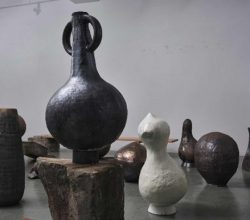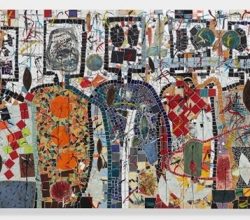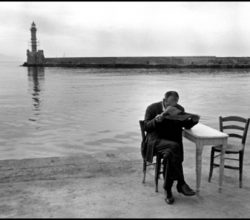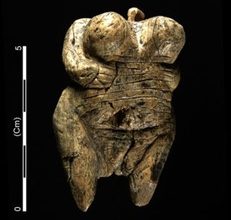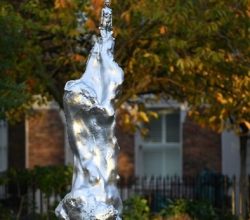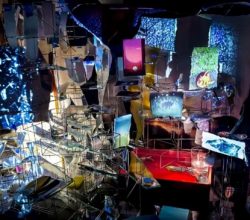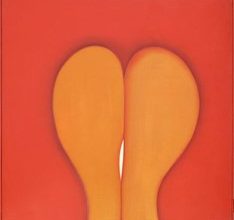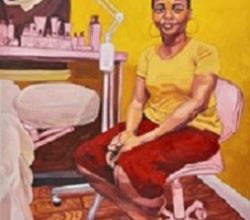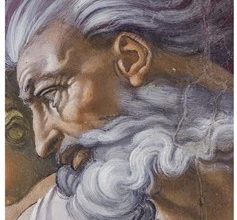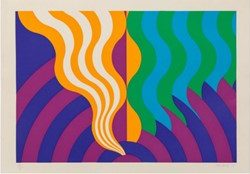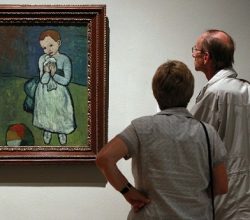
The Case for Embracing Uncertainty in Art
Ben Eastham | Studio International | 4th November 2020
The American artist Ed Ruscha memorably said that good art makes us go “Huh? Wow”, while bad art makes us say “Wow, Huh?” Uncertainty, in other words, is an inherent part of looking at art. There is no definitive truth about an artwork, because “truth” varies from individual to individual. Great art “rewards different interpretations as the world changes around it”.

